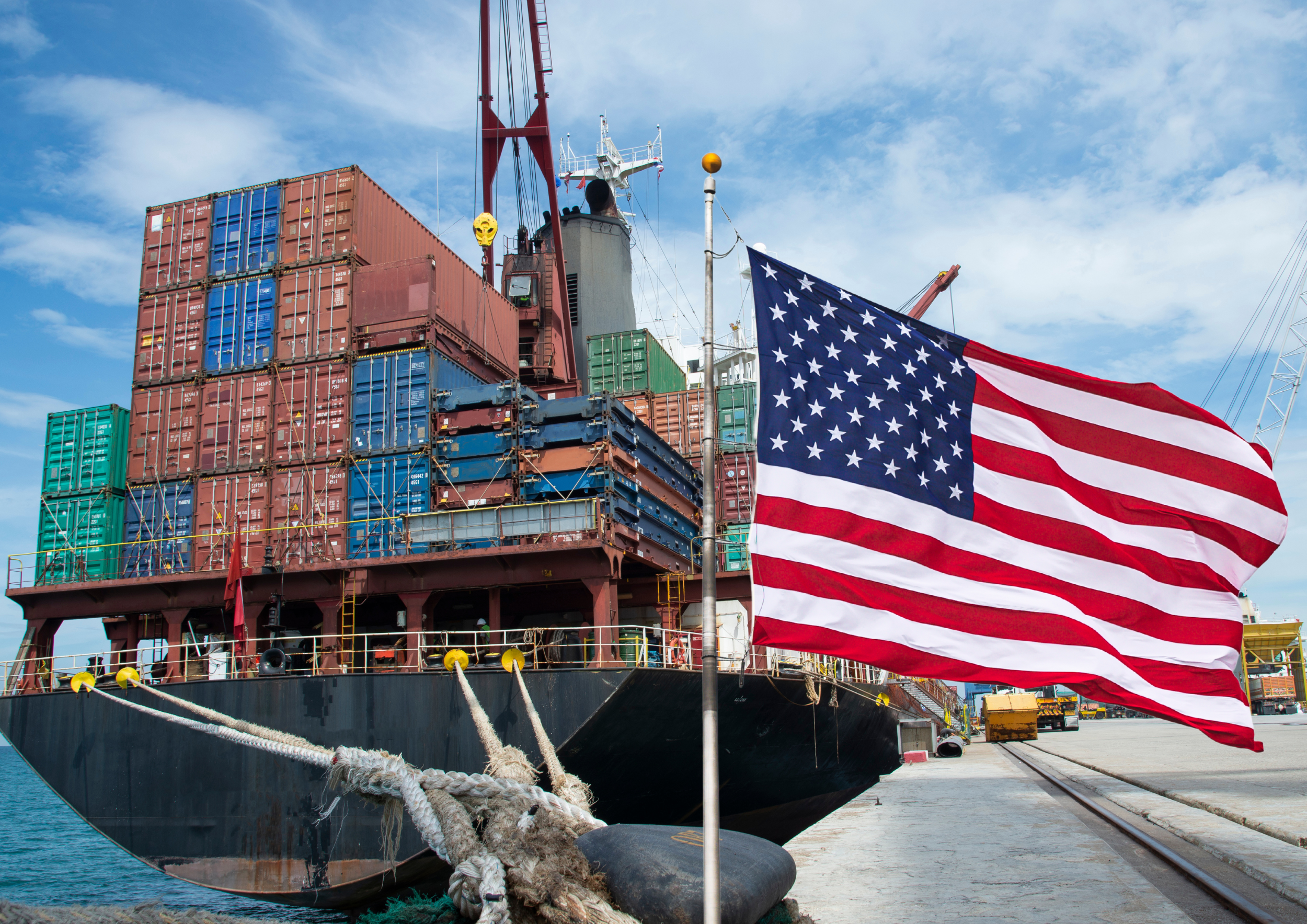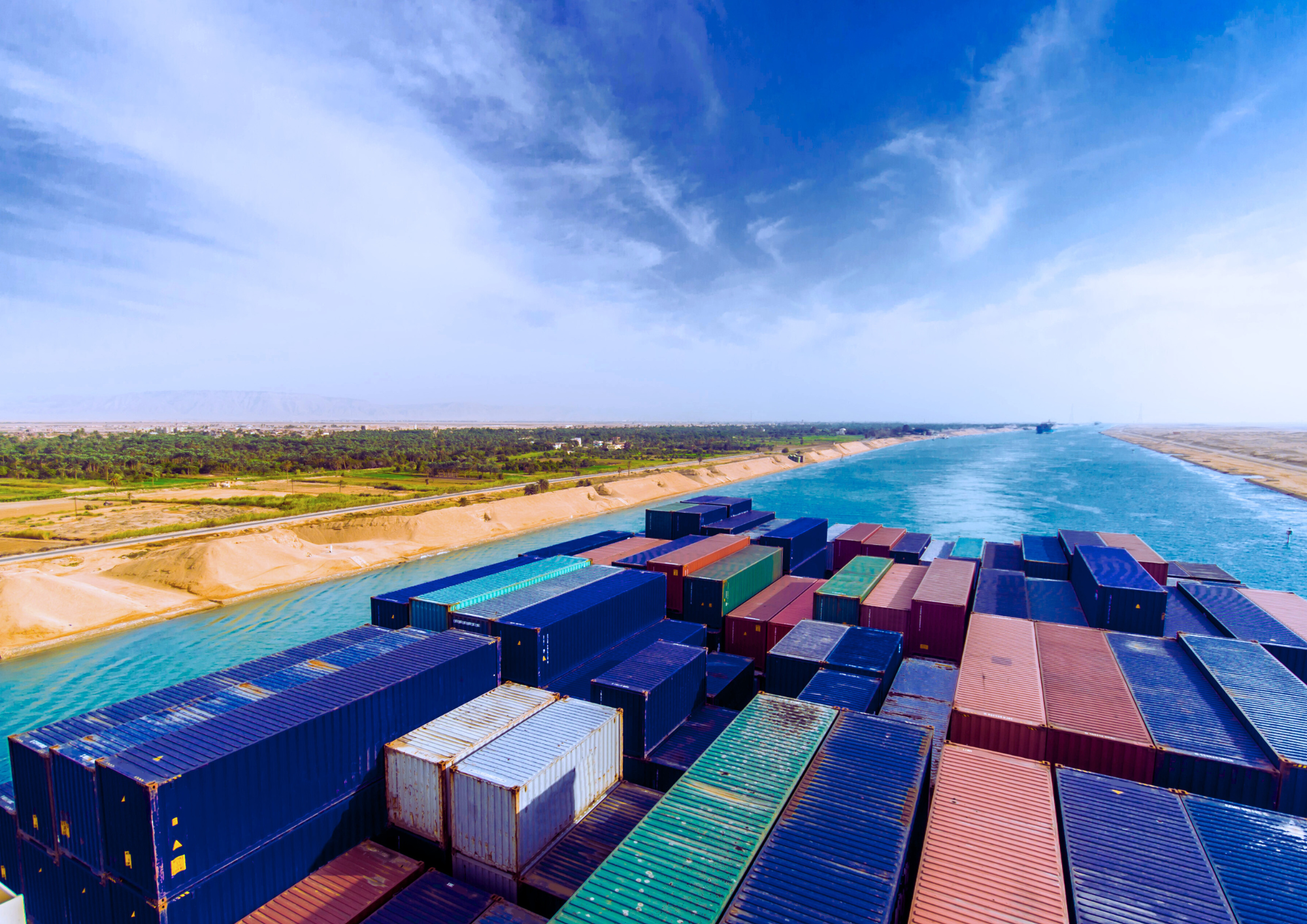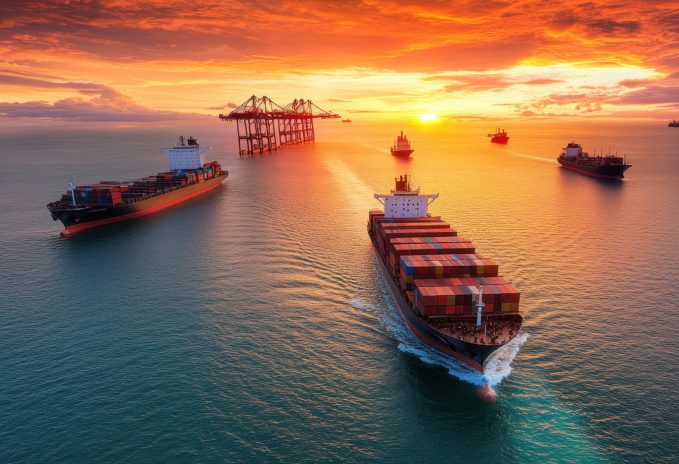Newsletter 05/2025: Actual situation in international transport
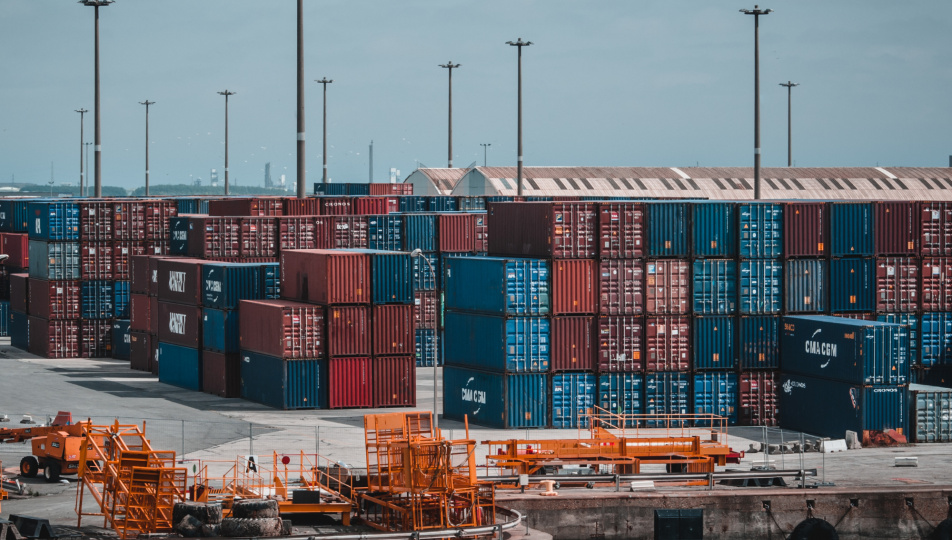
Last May was marked by a spike in import sea rates from the Far East due to the Suez closure combined with the winter shipping season. We've practically got used to the closed Suez, although we do bring news in today's newsletter. And the winter season? That has been dragging its feet so far, at least judging by current rates and capacity, or rather demand. Still, things are happening.
INTERMODAL TRANSPORT FROM PORTS
The days off and shortened working weeks have already fully taken effect in European ports. The situation is probably worst in Hamburg, specifically at the CTB terminal (Burchardkai), where over 1,000 containers are stacked and stacked, for which there is no capacity on the import trains. This brings multiple costs in the form of storage fees at the port and also detention, a charge for not returning an empty container to the shipper within the free period.
The situation has not been helped by the closure of the railway line over the Nordelbbrücken bridges.
However, rail repairs and the associated complications are not avoiding the southern route either. The port of Koper is reporting complications with transhipments, and the loading and unloading of trains is irregular, resulting in cancellations and delays.
We would like to promise you that the situation will improve in the coming days or weeks. However, looking at the other planned infrastructure repairs, to which we will certainly return in due course, and noting that the current volume of arrivals is not exceptional and that, on the contrary, the main volume is yet to come, there is no reason for optimism in this respect.
IMPORTS FROM THE USA AND CUSTOMS DUTIES
Although the originally planned introduction of tariffs was announced as early as 16 May 2025, they are all suspended until 14 July 2025. If nothing changes, then on 15 July 2025 the list of goods subject to duties on imports from the United States (or from any country with goods originating in the US) will be extended.
At the same time, please note that the Annex to the original Order imposing additional duties on imports of goods from the US, issued in 2018, has been amended. That is, primarily steel and aluminum.
The new additional duties are mostly 10% or 25% (these rates are charged in addition to the traditional import duties).
A detailed overview of the changes in both English and Czech can be found here:
Commission Implementing Regulation (EU) 2025/778
Commission Implementing Regulation (EU) 2025/786
Should there be any further developments we will keep you informed.
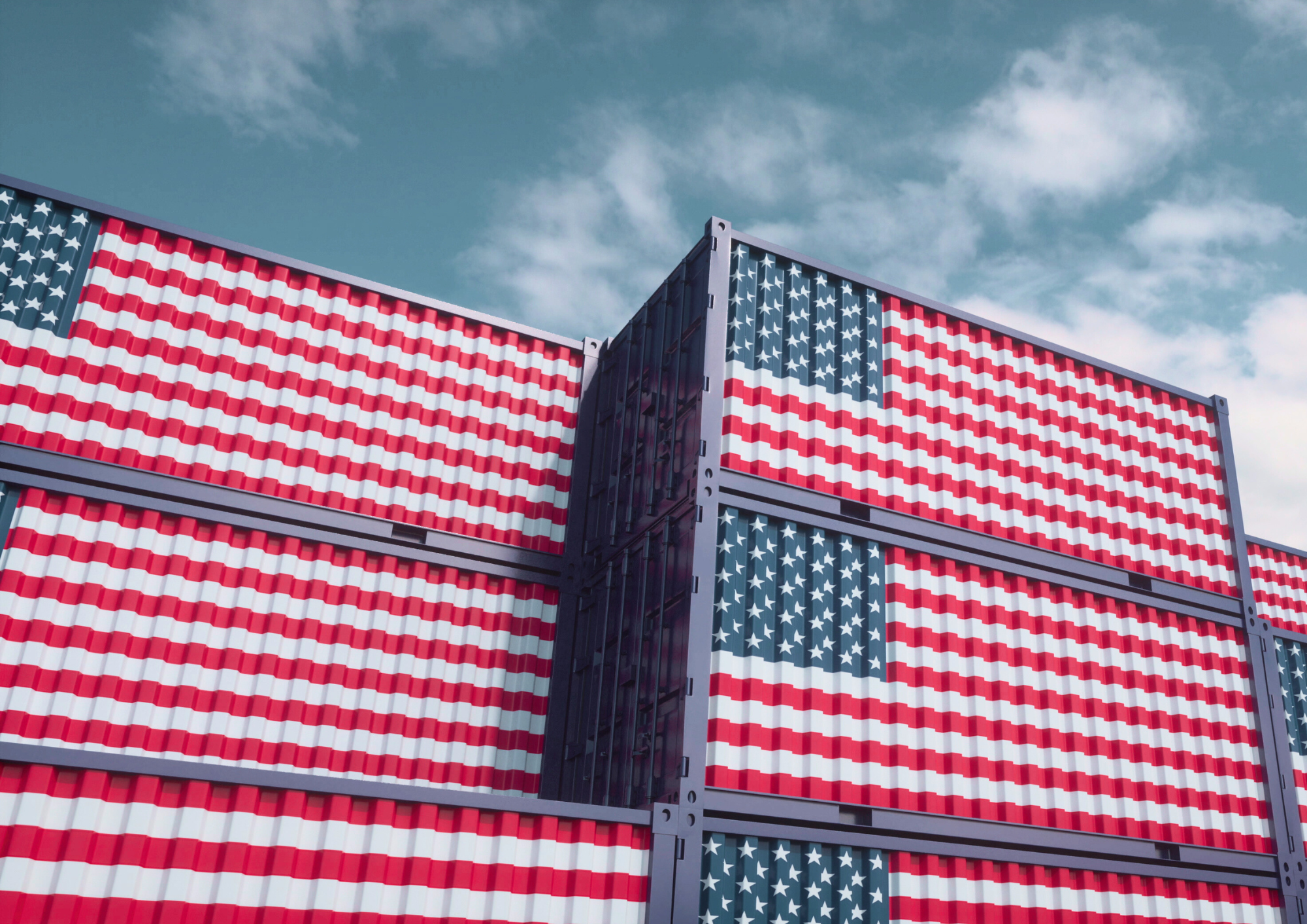
CHARGING CHINESE SHIPS IN US PORTS
In the last issue we also told you about the intention to charge Chinese ships very substantially. After inquiries, reviews, consultations with experts and the collection of over 600 opinions and comments, the USTR (United States Trade Representative ) has reached a final decision. According to it, the US will start charging fees for Chinese-owned, operated and built vessels calling at its ports in October 2025. While the costs have been reduced from the original fees proposed in February 2025, they remain significant and will be introduced in two phases.
From 14 October 2025, fees will be charged to vessels with Chinese operators or owners. Based on net tonnage, vessels will initially pay US$50 per tonne, phasing up to US$140 per tonne over 3 years. These fees will be collected when the affected vessels first call at a U.S. port.
For ships manufactured in China, the fees will be calculated on a net tonnage or container basis and will also be gradually increased. They will start at USD 18 per net tonne of arriving vessel and will increase again over three years to USD 33 per net tonne. Alternatively, fees will be charged on the basis of containers discharged, starting at USD 120 per container, rising to USD 250 per container. The higher of the two fees will be applied.
It is easy to see who will ultimately pay these fees, we dare say it will not be the shippers.
EXPLOSION AT THE PORT OF BANDAR ABBAS
A huge explosion occurred at Iran's most important container port, Bandar Abbas. The death toll is at least 70 and over 1,200 injured, state media reported on Monday.
Saturday's blast occurred in a section of the Shahid Rajaee port, Iran's largest container hub. The fire is reportedly under control, but is continuing due to wind and highly flammable goods in the containers. As containers of dangerous goods have exploded, toxic emissions have been released into the air in the area. Other causes are under investigation, but the logistics in the area will be significantly affected.
SUEZ AND THE HOUTHIS
As promised in the introduction, there is also news about Suez. The Houthis have made themselves heard again and have issued a list of so-called legitimate targets. Those affected appear to include Boeing, Maersk and CMA CGM, but 15 companies in total, including the aforementioned US aircraft manufacturer, with secondary sanctions on third-party entities that have 'any form of business with the companies on the list'. Which could be just about anyone.
For the record, last year, Egypt Waterway saw its revenues drop 60% year-on-year and posted a $7 billion loss.
So far, so good. Let's see with what vigour US Secretary of State Mark Rubio takes up his homework. For he has been tasked by Donald Trump to allow US ships, both military and commercial, to travel for free through the Panama and Suez Canals." We are keeping our fingers crossed in this regard.


